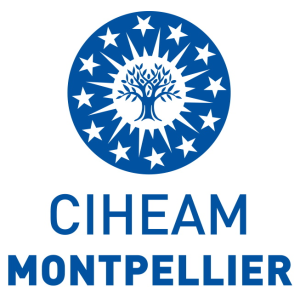Project coordinated by:
Didier PILLOT and Nicole SIBELET
Curriculum design and learning resources by:
Florence BIRUNGY KIAZZE, Paul KIBWIKA, Pierre LE RAY,
Andreas de NEERGAARD, Didier PILLOT,
Elisabeth RASSE-MERCAT, Nicole SIBELET.
Handmade by Atelier Multimedia, CIHEAM-IAMM of Montpellier:
Pierre ARRAGON, Eric BIDART, Olivier GUERIN, Roland LAFFOURCADE, Maïlys LUYE, Mark WAMAI.
In collaboration with:
Marion ALINA Jane ANYANGO, Sébastien
BAINVILLE, Richard BATTE, Thilde BECH BRUUN, Isabel GUTIERREZ-MONTES, Agigail Salome INAPAT, James KISORO, Pierre-Yves LEGAL, Richard MIIRO, Denis MPAIRWE, Anne-Laure ROY, Dorothy SEBBOWA ; the farmers of N'Kosy, Nakasongola and Villeveyrac areas, ARI-AGTRAIN PhD students, and the staff of Makerere Université.
Translation:
Anita SAXENA DUMOND, Lionel FINTONI & Philip WATTERSON
Funded by:
Agropolis Fondation
With the support of:

>>>>>>>>>>>>>>>>>>
We invite you to
share this course as widely as possible, in compliance with the
Creative Commons license level 4 [link to be put when registration has
been made]:
- Cite the authors
- Do not modify the resource
- Do not use it for commercial purposes.
